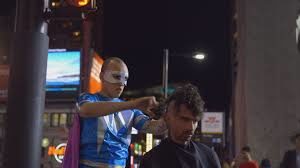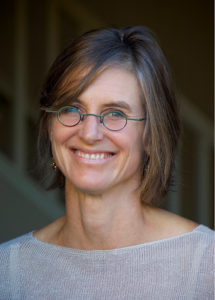Disability/Arts/NYC: 17 Lessons from 17 Months of Activism

A Dialogue with Simi Linton & Kevin Gotkin
Friday, February 16, 4:00-6:00 p.m
Department of Performance Studies Studio, Room 612
NYU Tisch School of the Arts. 721 Broadway
In fall 2016, disability activists Simi Linton and Kevin Gotkin convened a task force to advance disability artistry in NYC. In its first year, the Disability/Arts/NYC Task Force (DANT) focused on influencing the city’s cultural policy and had a strong impact on NYC’s first-ever cultural plan. DANT has built a community of emerging disabled artists, programming public events to show how disability is an engine of artistic and creative practice, most recently at the Whitney Museum. Now, 17 months later, DANT’’s co-directors share lessons learned, including approaches to disability consultations, equitable costs of access, and how disability arts emerges from and fuels the work of justice.
Screening and Discussion (with ReelAbilities Film Festival: New York)
Heaven Is A Traffic Jam On The 405 (40 min., 2016, Dir: Frank Stiefel); and
The Barber of Augusta (20 min., 2016, Dir: Michèle Hozer) Q & A with protagonist Matthew Genser.

March 9th
Screenings at Bellevue Hospital Psychiatry Department’s Video Self-Documentary Group
Lecture
Proximity to Disability: Danilyn Rutherford (President, Wenner-Gren Foundation)

Thursday, April 5th, 6:30pm
19 West 4th Street, Room 101
The Annette B. Weiner Memorial Lecture
Co-sponsored by NYU Anthropology
MORE THAN MEETS THE EYE:
WHAT BLINDNESS BRINGS TO FILM
Georgina Kleege
University of California Berkeley, English and Disability Studies
Wednesday, May 2, 2018
6:30 PM
Michelson Theater, 6th floor, Department of Cinema Studies
721 Broadway, Tisch School for the Arts

Audio description seeks to make visual media, such as film, accessible to people who are blind and visually impaired.
Unfortunately, the standard practices seem based on a very limited understanding of what blind people can conceptualize about the visible world.
Using cinematic examples, this talk will critique the current standards and speculate on ways filmmakers and film scholars
might use this interpretative medium to improve aesthetic and intellectual access for all audiences of film.
Co-sponsored by NYU CINEMA STUDIES & CENTER for MEDIA, CULTURE & HISTORY


